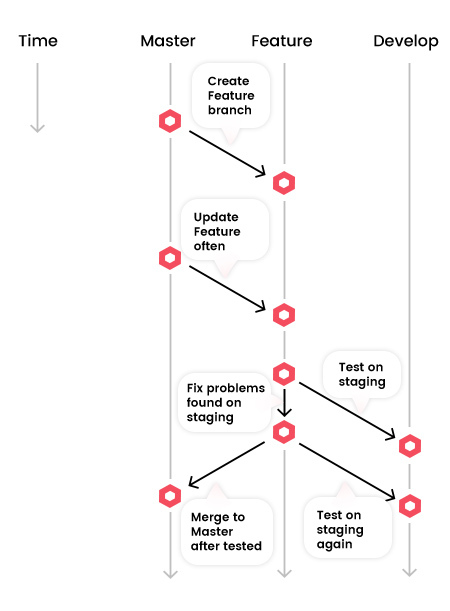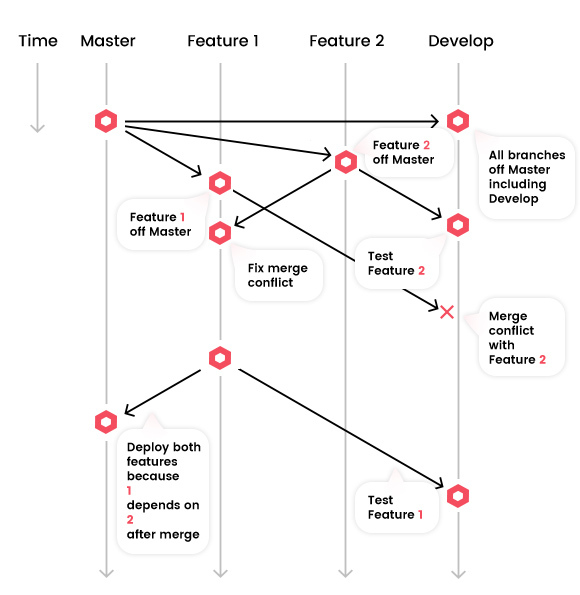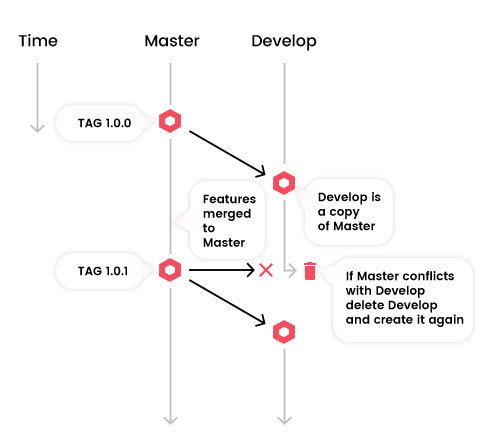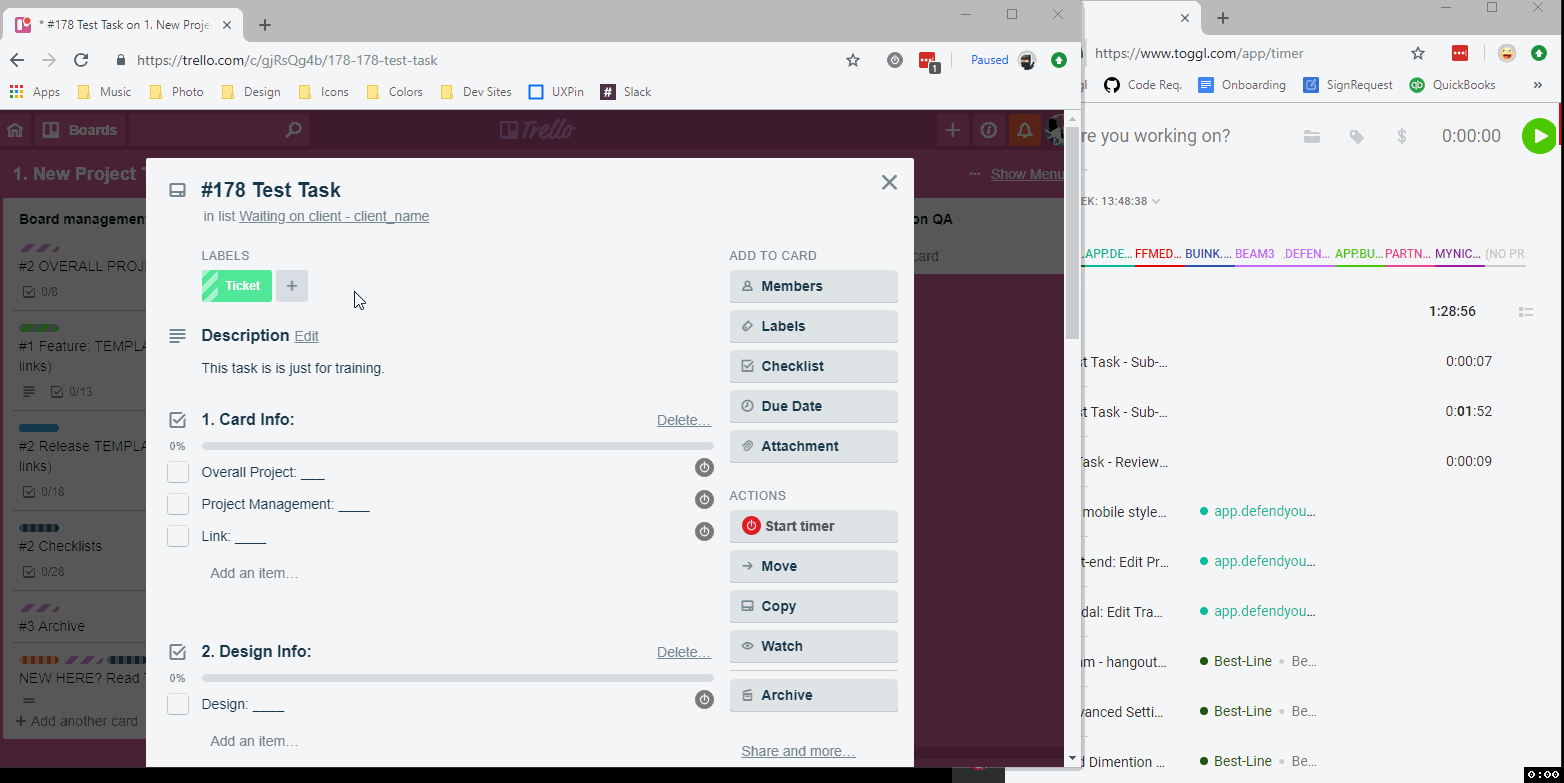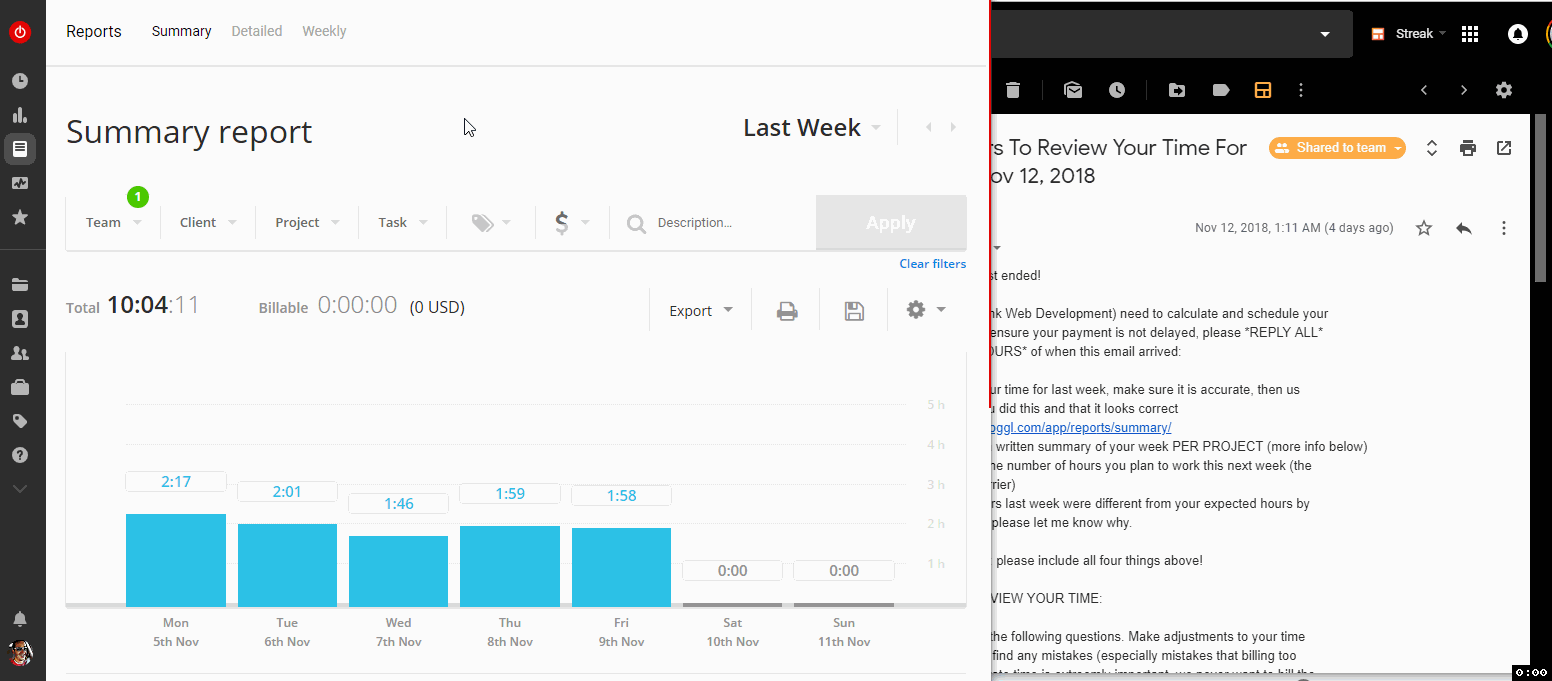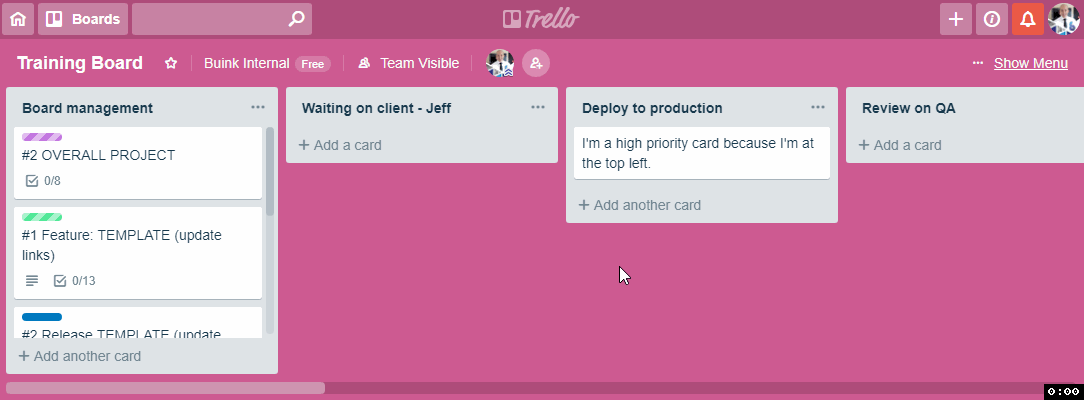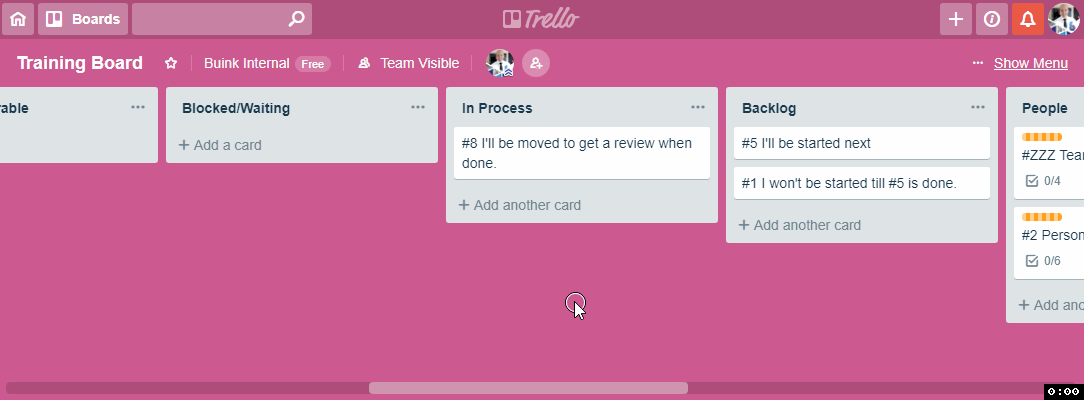Buink can help you unleash the power of the internet (via a website, web application, api, or mobile app) and help your business scale (via both technology and workforce) with superior quality code (readable, forward thinking, minimal, intelligent), at a competitive price (even in a global market), and in a transparent, honest way.
We’re code butlers and we both build and maintain web assets. Start scaling your business now.
Internet Power
We help you gain your own internet super powers, you may even need a cape.
Empower your customers to get to know you with a user friendly website. Improve or disrupt your industry with a new web application. Increase your productivity and get more insights from your business with a mobile app. Then level up by connecting them all into one seamless technology strategy.
In other words, use the power of the internet to scale any aspect of your work: marketing, operations, competitive advantage, etc.
Scalable Workforce
Employees don’t scale but your technical needs do.
What if you could scale your team like you can scale cloud servers? Our proprietary blend of people, technology, and process can help propel your project to greatness. Say that 10 times fast. 🙂
People Power
You need a new developer ASAP to meet a deadline on a marketing campaign? You need to drop two developers from your mobile app due to budget constraints? You need a developer for a couple months and then scale back to just maintenance mode? Buink can help!
Everything we do is optimized to help you scale your team to meet your deadlines and maximize your productivity. We have a constant flow of top talent and we stand behind our code value and quality. Whether you have an in-house team or have no technical expertise, we’re a valuable addition to any project.
Team Technology
It doesn’t matter how many people you add to your team if they take forever to get up to speed. We’re constantly reducing and improving on-boarding and we’ve come up with a notable solution that involves a mix of proprietary software and ubiquitous technology.
Software Solution
We can add a new developer to your project in under an hour with no training and have them running your code locally and diving in to make changes. This is shocking compared to the majority of projects that can take days or weeks to get a new developer adding value.
We accomplish this shocking feat using proprietary code and open source technology (Docker) where a new developer can run one build command, wait about 20 minutes, and then see the code base in action locally.
Widely Used Technology
Part of getting the most out of a new developer is finding one who already has experience in the technology you’re using. We’re very “choosie” when it comes to what languages, software, and packages we use and recommend.
Our current recommendations are both proven and powerful. Feel free to call and pick our brain about what you could use for your next project.
Team Process
You’d be surprised how often the bottle neck of scaling a team is bad process.
The jump from one developer to two is exponentially harder then from two to 5 which is exponentially harder then from 5 to 20. So why not start with a process that doesn’t change as your team scales?
This isn’t as easy as it sounds. How do you coordinate multiple developers through the development lifecycle, from idea to production? How do you keep multiple changes independent from each other so they don’t become blockers to other higher priority changes? How do you keep everyone moving and prevent wasted time? Oh, and how do you do all this without adding an obscene amount of overhead? Buink has found the answers.
We’ve already solved these problems and we can bring this mindset and processes to your team. We could also coach your team to make it easier for you to scale on your own.
Code Quality & Value
Here is where the rubber meets the road. If there is one topic that is constantly on our minds it is how do we deliver superior quality code at a price that is competitive with any other provider.
This isn’t easy, and it has taken us years to achieve, but we’re confident we can help you win, even in a global marketplace.
Code Quality
In the fishing pool of propositions, we are optimizing for quality. We ensure quality with our process of code review and our coding principles.
Code Quality Review
No code makes it to the internet without a review by a senior developer who is also an expert in our principle based coding practices.
Unlike a peer review structure, our lead developers are the single point of contact responsible for all code. This hedges against security flaws, technical debt, and unreadable spaghetti code. It also reduces the possibility of redundant or overly complex code.
Principle Based Coding
Principles help us know how to make trade-offs that inevitably arise when dealing with the reality of distilling complex business goals into simple, well-written code.
Readability
Our key insight here is that people are more expensive then servers; therefore, we optimize for readability rather then server efficiency. You’ll find this is surprisingly unique to our methodology, and yet very valuable.
Self-documented Code
Writing code in a way that makes external documentation obsolete not only makes code more readable, but also more maintainable and more robust. This principle alone saves thousands of dollars in maintenance, uncovers countless bugs before they make it to production, and helps us ensure the quality we demand.
Language Focused
Words are the tools we use to translate complex business goals into simple technological solutions. A vague, generic, or thoughtless word can lead to surprisingly large and costly miscommunications. This is why we put a huge emphasis with both clients and developers on the word tools that are right for the job.
Forward-thinking
If you’re like us, you’re looking to win in the long game. We don’t like carrying technical debt and we don’t shove things under the rug knowing that future developers will no doubt trip over it. Most of the time, we are those future developers, so we like to do things right the first time.
Code Organization
Where you put code is almost as important as how you write it. We fully embrace popular architectural patterns like MVC in addition to other wisdom around folder structure and business logic.
Code Value
Delivering superior value isn’t easy but our recipe for success is to monitor it, flatten the learning curve, and operate in an efficient way.
Value Discounts
When working with high dollar resources, you expect every billable minute to pack a valuable punch.
In addition to our quality reviews, we constantly monitor the value of code deliverables. If deliverables come in over our estimates, or if a task becomes risky in any way, we can flag it to not be billed till it is completed and fully reviewed. If we messed up, you’ll find a nice discount on your related invoice.
We put our money where our mouth is. When we break a project down into individual tasks, we’re quite good an knowing how long we’d expect a task to take and, by extension, how much it should cost.
Flattening The Curve
Our desire to lower the learning curve isn’t just a platitude, we use a combination of proprietary software and intelligent technology.
Curve Flattening Software
We’ve already mentioned our proprietary software under the Team Technology section above.
This software not only helps get developers up and running quick, but it also keeps the development server in sync across the whole team as well as all the way to production.
In practice, this means that a front-end developer doesn’t need to know how to build a server just to make a change and they don’t need the help of another team member to do it either. Server changes just happen magically and the front-end developer is back doing what they do best.
It also means that we’re less likely to see production only bugs which are costly and risky to fix. The server we use locally is identical to production so we catch bugs way before they risk affecting your live site.
Widely Used Technology
Part of lowering the learning curve is building with technologies that are widely used. Not only do we benefit our clients by choosing the best open source technologies but we also specialize in one of the most widely used and versatile languages in development: JavaScript. We’re also expert in another language that powers more server side software than any other language: PHP.
The adoption of these languages and the likelihood of their longevity means that there are more people that know them and who can jump into our projects more easily.
Efficient Operations
The total cost of a web asset doesn’t just include coding cost.
The coding life-cycle starts with an idea or business goal. That idea needs to be formalized into a task which is sent to a developer who makes code changes. The changes are sent to a lead developer for code review and testing on a quality assurance server. The lead sends the new feature to the client for testing and approval. We then deploy the feature to production where it can again be tested and closed by the client.
As you can see, the total cost of a feature is greatly affected by the efficiency of operation throughout the coding life-cycle. We use a special blend of third party and internal software to push tasks forward while reducing the amount of wasted time.
Transparency
We hear that we’re some of the most transparent in our industry and we love what we hear. We want you to know exactly how your project is going and how your money is spent; to that end, our communication and invoicing is an open book.
Open Book Communication
We not only recommend but encourage clients to be involved in the internal communication of our team. We give you access to our project management software, the code repository, our developers, and just about any other access you’d like.
Transparent Invoicing
You’ll never wonder what you’re paying for, we break it down and also summarize it like you’ve never seen.
We track billable time down to the second and we send this detail along with our invoices. We encourage developers to break each task down into sub-tasks to track our time with more granularity. This leads to better planning, more valuable code, more accurate time tracking, and more transparent billing.
Each person on your project also sends you a written summary of their efforts to help you get a quick overview if you don’t need to dive in to the detail.
Aligned Incentives
The clearest takeaway from a study of economics is the importance and power of incentives. Some of our business practices are unusual, but they’re all in place to keep our incentives aligned with yours in our goal to deliver high quality code.
Hourly contracts
We don’t play any games with price. We’re not trying to get rich off your project, and we’re also not wanting to loose money. We just love to code and we’ve found that charging hourly allows us to avoid picking favorites or promising things we can’t deliver.
We wrote a whole article about the flaws of fixed price bidding. Learn more about why we think hourly contracts are better for you.
Working with us is as easy as sending us a task and we send you back code. It is that simple. We’re a member of your team just like any other, with the added bonus of being able to flex up and down quickly depending on your needs.
Conclusion
This article isn’t a sales pitch, this is who we are, how we operate, and what we focus on. If you can see the wisdom in our paradigm, then I’m confident you’ll be just as happy as our past clients.
Check out our services or contact us for more specific ways we could start helping you today.
